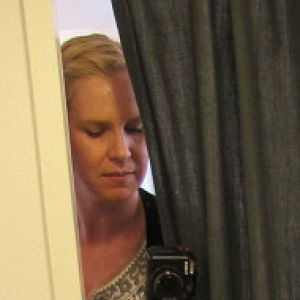The moon goose colony
I visited Tampere Art Museum today. There are two exhibitions: photography exhibition of Aapo Huhta, The Young Artist of the Year 2020 and The Space Works, which is part of the international photo festival Backlight2020. The exhibition explores and tests our relationship with outer space. In the picture is one of Agnes Meyer-Brandis works, her main work in the exhibition is a video In Moon Goose Analogue.
In Moon Goose Analogue: Lunar Migration Bird Facility, a major commission, the artist developed an ongoing narrative based on the book The Man in the Moone, written by the English bishop Francis Godwin in 1603, in which the protagonist flies to the Moon in a chariot towed by ‘moon geese’. Meyer-Brandis actualised this concept by raising eleven moon geese from birth within her project Moon Goose Colony at Pollinaria in Italy; giving them astronauts’ names*, imprinting them on herself as goose-mother, training them to fly and taking them on expeditions and housing them in a remote Moon analogue habitat. (* Neil, Svetlana, Gonzales, Valentina, Friede, Juri, Buzz, Kaguya-Anousheh, Irena, Rakesh, Konstantin-Hermann)
The remote analogue habitat simulates the conditions of the Moon and was accessed and operated from Meyer-Brandis’s control room installation within the gallery, where instructional videos, photographs and vitrines of the geese’s egg shells and footprints were displayed.
Meyer-Brandis developed the contested history of Godwin’s original fiction – posthumously and pseudonymously published as if the genuine account of the travels of Domingo Gonsales. She wove a narrative that explores the observer’s understanding of the fictitious and the factual, with a nod to notions of the believably absurd.
The Moon Goose Analogue
+10,4°C, partially sunny

Comments
Sign in or get an account to comment.


